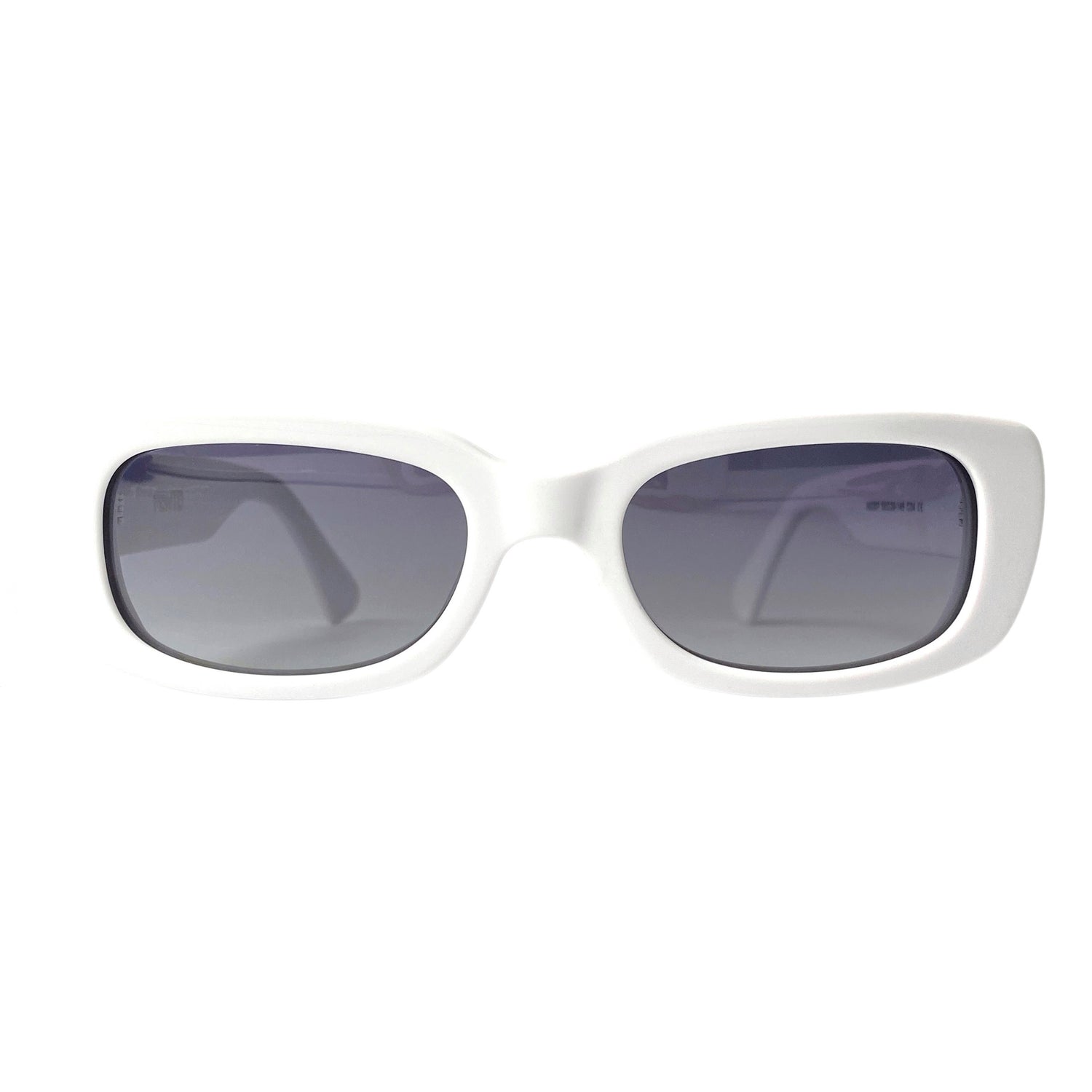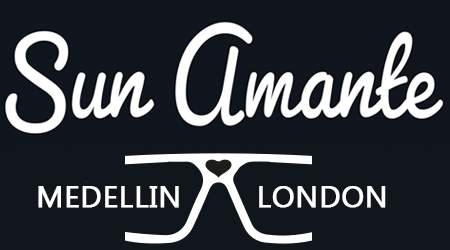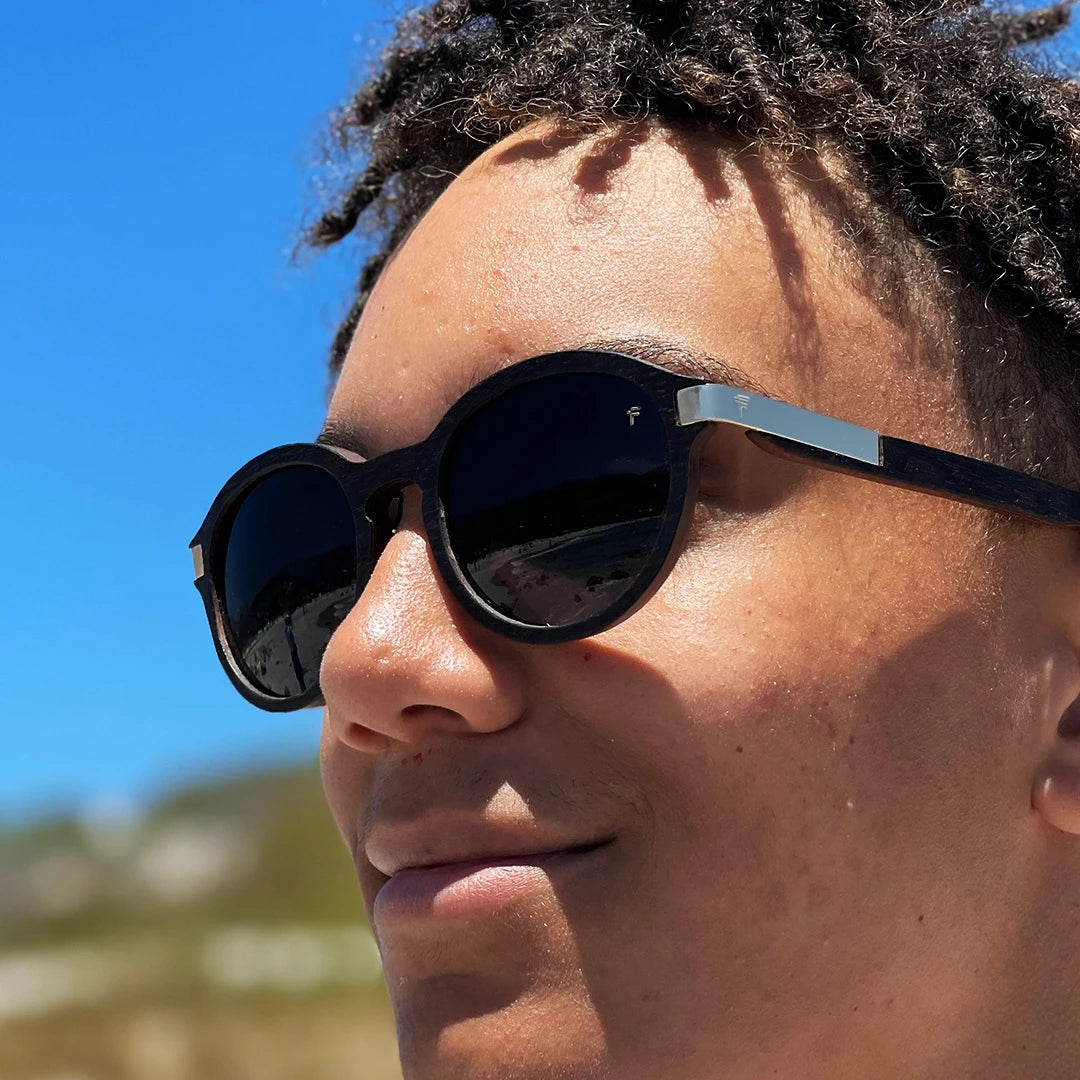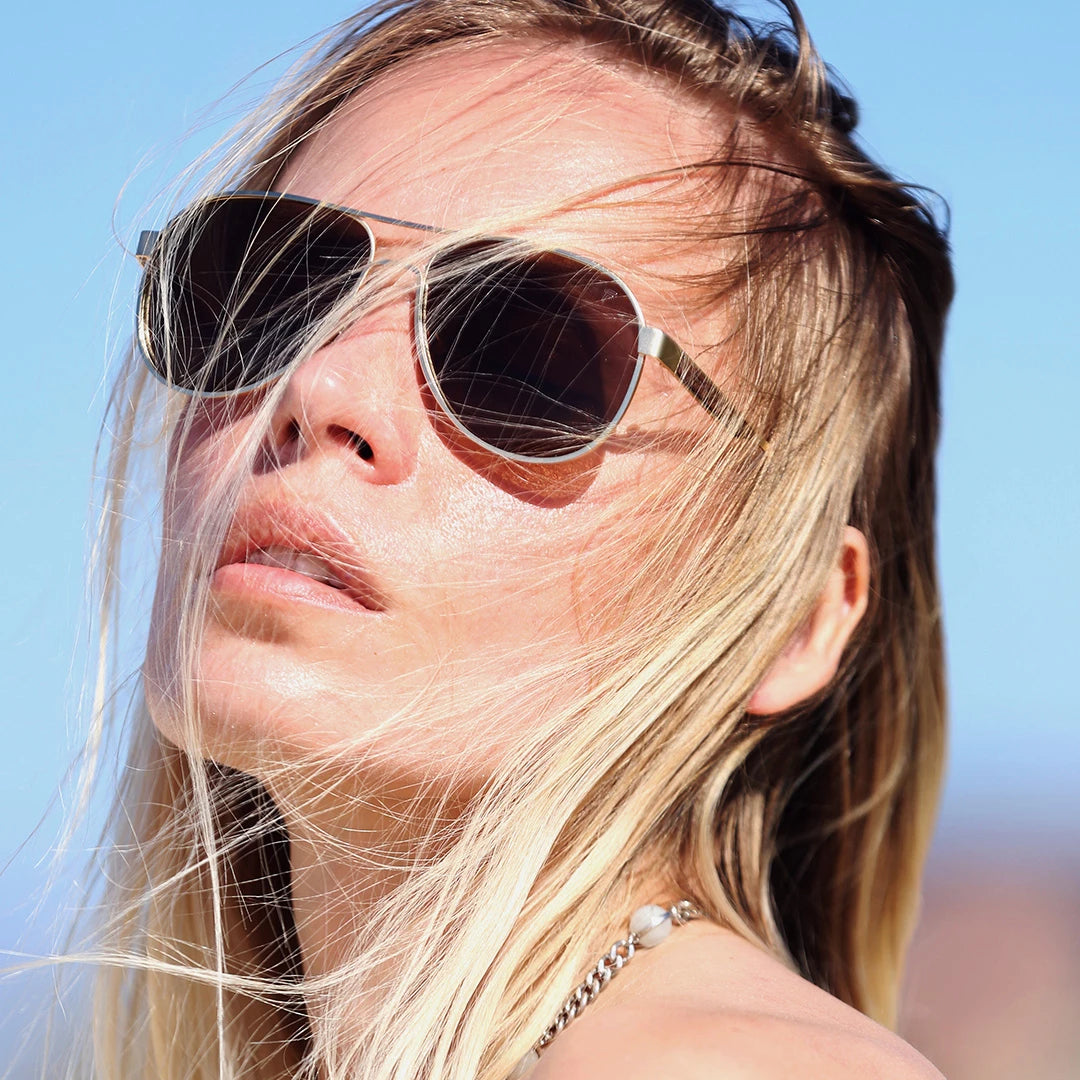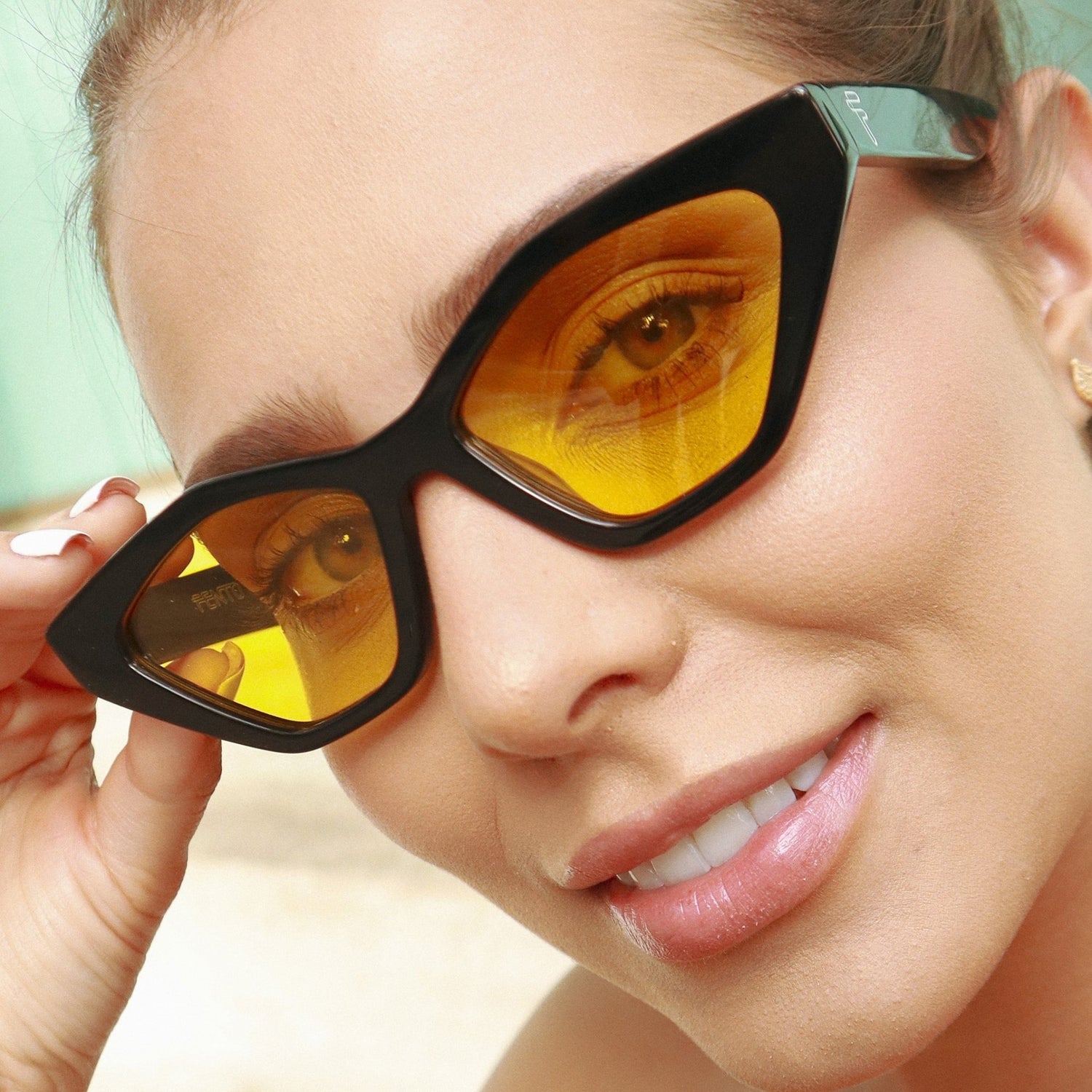
5 Tips for Eye Safety in the Sun
Share
Summer is finally here, which means longer days, warmer weather, and plenty of sunshine. While it's great to soak up some rays, it's important to remember to protect our eyes from the harmful effects of the sun. Whether you're heading to the beach, going for a hike, or simply enjoying a picnic in the park, here are five tips to ensure your eye safety in the sun.
Understanding the Importance of Eye Safety in the Sun
We often hear about the importance of protecting our skin from the sun's damaging UV rays, but what about our eyes? Many people are unaware of the harmful effects of UV rays on our eyes. Prolonged exposure to the sun without proper eye protection can lead to various eye conditions, including cataracts, macular degeneration, and even sunburn on the surface of the eye, known as photokeratitis. Therefore, it's crucial to prioritize eye safety whenever we're out in the sun.
When we think of sun protection, we often reach for sunscreen to shield our skin from harmful UV rays. However, it's equally important to remember that our eyes are just as vulnerable to the sun's damaging effects. The skin around our eyes is delicate and thin, making it susceptible to sunburn. Moreover, the eyes themselves can suffer long-term damage from prolonged exposure to UV rays.
The Harmful Effects of UV Rays on the Eyes
UV rays are classified into three types: UVA, UVB, and UVC. While UVC rays are absorbed by the ozone layer and do not reach us, both UVA and UVB rays can penetrate the eye's surface. Prolonged exposure to these rays can damage the delicate tissues of the eyes, leading to vision problems later in life. Additionally, UV rays can also cause short-term discomfort, such as dryness, redness, and irritation.
Imagine spending a day at the beach without any eye protection. The sun's rays reflect off the water, intensifying their strength. As you squint to shield your eyes from the bright light, you may not realize that the harmful UV rays are still making their way through, causing potential damage to your eyes. It's essential to be aware of these risks and take appropriate measures to protect our eyes from the sun.
Why Sunglasses Aren't Just a Fashion Accessory
Many people view sunglasses as a fashion statement rather than an essential tool for eye protection. However, proper sunglasses serve a crucial role in shielding our eyes from harmful UV rays. Look for sunglasses that provide 100% UV protection to ensure maximum safety. Additionally, sunglasses with polarized lenses can reduce glare and enhance visual clarity, making them ideal for outdoor activities.
When choosing sunglasses, it's important to consider the shape and size of the frames. Larger frames provide more coverage, preventing UV rays from entering through the sides. Wraparound sunglasses can be effective as they offer additional protection from peripheral light. Remember, sunglasses are not just a fashion accessory; they are a vital part of our overall sun protection strategy.
Furthermore, it's worth noting that not all sunglasses are created equal. While some may claim to offer UV protection, it's crucial to choose sunglasses from reputable brands that adhere to strict quality standards. Investing in a pair of high-quality sunglasses will not only protect your eyes but also provide you with long-lasting durability.
Lastly, don't forget to wear your sunglasses even on cloudy days. UV rays can penetrate through clouds, and your eyes are still at risk of exposure. By making sunglasses a part of your daily routine, you can ensure that your eyes are well-protected from the sun's harmful rays.
Choosing the Right Sun Protection for Your Eyes
Protecting your eyes from the harmful effects of the sun is crucial for maintaining good eye health. While most people remember to slather on sunscreen to protect their skin, they often overlook the importance of shielding their eyes from the sun's rays. In this article, we will explore the various options available for sun protection for your eyes and provide you with valuable insights on how to choose the right sunglasses and accessories.
What to Look for in Sunglasses
When it comes to selecting sunglasses, not all pairs are created equal. It's not just about looking stylish; it's about ensuring optimum eye safety in the sun. The most important feature to consider is the level of UV protection offered by the sunglasses. Look for sunglasses that offer broad-spectrum UV protection, blocking both UVA and UVB rays. These harmful rays can cause long-term damage to your eyes, leading to conditions such as cataracts, macular degeneration, and even cancer.
To ensure that the sunglasses meet the necessary safety standards, look for a CE mark or UV 400 label. These labels indicate that the sunglasses have undergone rigorous testing and provide adequate protection against harmful UV radiation. Remember, not all sunglasses with dark lenses offer sufficient UV protection, so it's essential to check for these labels before making a purchase.
In addition to UV protection, consider the size and style of the sunglasses. Sunglasses with larger frames or wraparound styles provide extra coverage, reducing the amount of UV radiation that can reach your eyes from the sides. This is especially important if you spend a lot of time outdoors or participate in activities that expose you to direct sunlight for extended periods.
The Role of Hats and Visors in Eye Protection
While sunglasses are essential, they can't provide complete protection on their own. Wearing a wide-brimmed hat or a visor along with sunglasses will provide additional shade and shield your eyes from direct sunlight. This combination helps minimize UV exposure and reduces the risk of sun-related eye conditions.
When choosing a hat, opt for one with a wide brim that can effectively block the sun's rays from reaching your face and eyes. A hat with a brim of at least three inches is recommended for maximum protection. Additionally, consider the material of the hat. Hats made from tightly woven fabrics offer better sun protection compared to those made from loosely woven materials.
Visors are another great option for eye protection, especially if you prefer a more sporty or casual look. They provide shade to your eyes while allowing for better airflow, making them ideal for outdoor activities such as golf, tennis, or hiking.
So, don't forget to top off your look with a fashionable hat or visor when heading out in the sun. Not only will you be protecting your eyes, but you'll also be adding a touch of style to your outfit.
In conclusion, choosing the right sun protection for your eyes is essential for maintaining good eye health. By selecting sunglasses with adequate UV protection and complementing them with a wide-brimmed hat or visor, you can enjoy the sun while keeping your eyes safe from harmful UV rays. Remember, prevention is always better than cure, so make sun protection a priority and take care of your eyes.
Tips for Maintaining Eye Safety in the Sun
Regular Breaks from Sun Exposure
Spending long hours in the sun can strain your eyes. To alleviate this, make it a habit to take regular breaks from direct sun exposure. Seek shade or step indoors to give your eyes some rest. This not only reduces eye strain but also gives your eyes a chance to recover from the harsh effects of UV rays and bright sunlight.
Staying Hydrated to Support Eye Health
Proper hydration is essential for overall health, including eye health. The hot summer sun can lead to dehydration, which can cause dry eyes and discomfort. To keep your eyes well-hydrated, make sure to drink plenty of water throughout the day. Keeping your body hydrated helps maintain the moisture balance in your eyes and reduces the risk of dryness and irritation.
Eye Safety for Children in the Sun
Teaching Kids about Eye Safety
Children's eyes are more susceptible to damage from UV rays as they have larger pupils and clearer lenses than adults. Therefore, it's crucial to teach children about the importance of eye safety from a young age. Encourage them to wear sunglasses and hats whenever they're outside. Setting a good example by wearing proper eye protection yourself can also have a lasting impact on their habits.
Choosing Child-Friendly Eye Protection
When selecting sunglasses for children, opt for ones that are specifically designed for kids. Look for sunglasses that provide 100% UV protection and have impact-resistant lenses to withstand rough play. Comfort is key, so choose sunglasses with soft, adjustable nose pads and lightweight frames. Additionally, sunglasses with straps or bands can help keep them securely in place, preventing loss or damage.
Eye Safety in Different Environments
Protecting Your Eyes at the Beach
Heading to the beach is a popular way to enjoy the summer, but it's important to protect your eyes from the sun's intense glare. In addition to wearing sunglasses, consider wearing UV-blocking goggles when swimming to protect your eyes from saltwater or chlorinated pool water. Applying a broad-spectrum sunscreen around your eyes and wearing a hat with a wide brim will provide additional protection from the sun's harmful rays.
Eye Safety in Snowy Conditions
While many associate eye protection with sunny weather, it's equally important in snowy conditions. The bright sunlight reflecting off the snow can intensify UV exposure and increase the risk of eye damage. Therefore, when hitting the slopes or simply enjoying a winter wonderland, be sure to wear UV-blocking sunglasses or goggles that fit snugly to your face. This will help shield your eyes from the reflected UV rays.
By following these five tips for eye safety in the sun, you can enjoy your time outdoors while safeguarding your vision. Prioritise your eye health by choosing the right eye protection, teaching children about eye safety, and taking breaks when needed. Remember, protecting your eyes today means preserving your vision for many sunny days to come.
